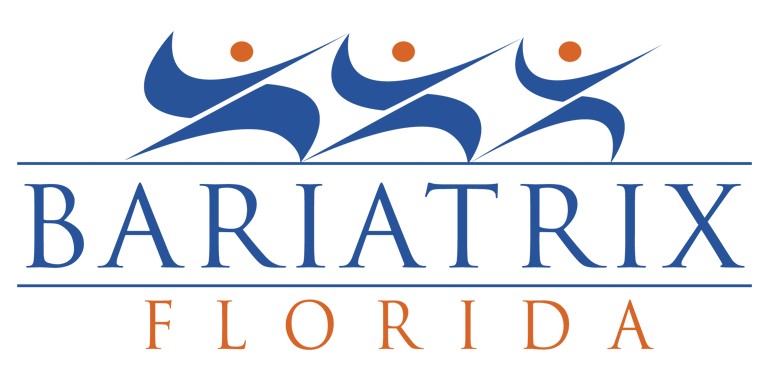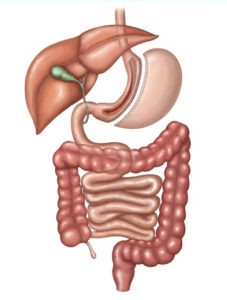Gastric Sleeve
Other common names of gastric sleeve procedure are “sleeve gastrectomy”, “the sleeve”, or “vertical sleeve gastrectomy”. It is the most popular weight loss procedure among patients to date and is the most frequently performed bariatric surgery. It is similar to the gastric band surgery in a way that it is a restrictive procedure.
In sleeve gastrectomy surgery 80% of the stomach is removed making it a truly permanent procedure. The remaining 20% resembles a banana, tube or sleeve like shape. The small stomach size translates into small food consumption, much less calories and weight loss. A very important role with appetite reduction is by the removal of most of the stomach creating a significant reduction in the hunger hormone ghrelin. By reducing ghrelin levels, a person’s hunger is much less and this allows them to be satisfied with a much smaller amount of food.
There is no implant placed during gastric sleeve like with the gastric band surgery and no re-routing of intestines like with the gastric bypass.
With the gastric sleeve, the digestive anatomy remains exactly the same with the exception of a narrow stomach size. When early fullness occurs, less food and calories are consumed and weight loss occurs.



